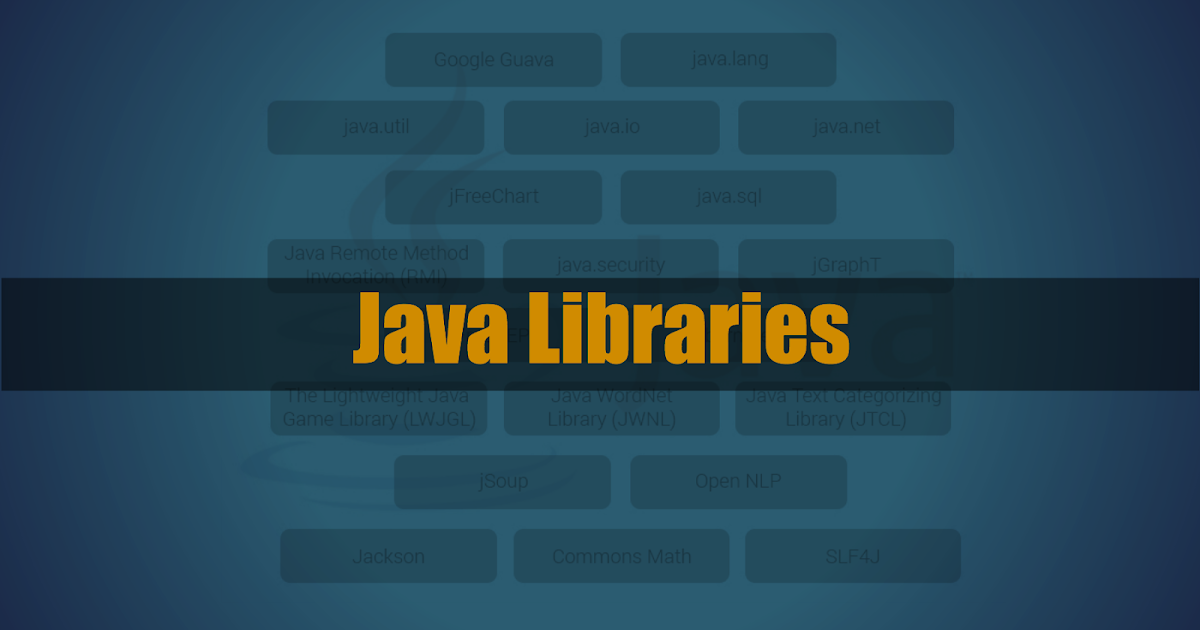The Website’s popularity has never been higher. New frameworks, improved tools, and the evolution of standards are appearing from everywhere, and it’s difficult to stay up. The contemporary Web is continually expanding; more devices than ever can access and engage with it, and ways to solve this are continually evolving.
Rise of Web
However, CSS lacks some of the capabilities required for good responsive web design—the only information we can rely on is screen size and pixel density, although there are many additional factors that would impact design if they were accessible, such as interaction methods (mouse, touch-screen, speech, five-point remote control, etc.) Web technologies are even replacing elements of native programs with web apps packaged for native distribution mechanisms.
This minor alteration radically affected how websites were constructed, spawning a totally new set of methodologies for designing websites known as Responsive Web Design, in which the design of a single web page should react to the capabilities of the device on which it is being viewed. Web standards have now grown to the point of addressing many of the demands of rich applications, and Web development is moving at such a rapid rate that any remaining capability will be swiftly added. We lost the ability to utilize an app without server access at first, but as mobile connectivity increased, this became less of a concern, generally by considering an internet connection as the primary state, then employing different controlled modes of failure or degradation to manage being disconnected (such as error messages, or being temporarily offline).
Stack Development
With the introduction of the XMLHttpRequest API (XHR) to JavaScript, Microsoft sparked the growth of what would eventually allow web standards to be used to create apps that would replace desktop ones. Recently, the Web has embraced stronger offline support, including technologies such as service workers, which allow programs to continue running when unconnected. With the emergence of the Web, we can now benefit from the best of both worlds: servers deliver software to clients on-demand rather than preloading it onto workstations. The advent of personal computing and increased capacity on individual desktops facilitated the transition to fat clients, where more and more business logic was run in applications distributed to end users’ desktops. Instead of having the page look the same on every device, the inclusion of media queries to CSS allowed web page design to target displays with specific features.
What does full-stack developer mean?
Website development is categorized into a two-component front end and a back end. The front end is often a user’s browser. The backend is hosted on a server in the cloud. Front-end applications are written in browser-friendly languages such as HTML, CSS, and JavaScript. The back-end programming is done in languages such as java, python, etc that can handle and understand front-end data requests. The two can interact through a variety of techniques. Web services are popular today (for a valid reason).
A Full Stack programmer is in charge of both front-end and back-end web development. A skilled full-stack developer would typically understand how to deal with a variety of languages and databases, including PHP, HTML, CSS, JavaScript, and everything in between. Check KnowledgeHut’s courses to get the best Full Stack developer course in India.
Front-end and back-end development need significantly different skills and technologies (although they share the fundamentals of software engineering). As a result, studying both portions requires more work, effort, and time.
Role as a Full-Stack Programmer
- Usually, a full-stack programmer works as a project manager or as a contract-based employee. As a full-stack developer, one has to be familiar with all aspects of front-end programming, including HTML, CSS, and JavaScript. You should also be familiar with major js frameworks like angular js, react js, and others. You should also be aware of popular JS frameworks.
- The backend is the next set. You must be aware of at least one server-side scripting language such as java, node js, python, and so on.
- Finally, you must be well-versed in the function of a database administrator. Data modeling, maintenance, and optimization are relevant skills. You must be familiar with relational and/or non-relational databases. Oracle, a relational database, and MongoDB, a non-relational database, are the two most used databases today.
Scope
- Due to the rise of the internet and websites, there is a huge demand for full-stack programmers. You may work as a freelancer, providing full-stack web development services to various businesses in order to design their websites, businesses, and so on. If you’re very excellent at it, you may earn a decent living.
- You might also offer your expertise on blogging or youtube if you are interested, which could result in additional revenue for you.
- Moreover, if you can correctly convey your ability as a full-stack developer, you may be able to land a position as a product architect at any firm.
What is a Full Stack Developer’s ” Salary” in India?
The income ranges for full-stack programmers in India range from 3.5 LPA to 35 or even 40 LPA, but the typical programmer with significant experience and skillset can earn a decent annual income. Because of the flexibility of website work, foreign-based corporations are now paying very high salaries to Indian engineers, creating a great need for professional developers. However, that figure conceals a variety of criteria such as educational background, professional abilities, years of experience, and the firm. A profession’s salary is determined by both internal and external influences.
Internal factors such as your skill level, knowledge, communication abilities, and years of experience.
External influences include the company’s profile, number of employees, and location.
What is the Average Wage of a “New” Full-Stack Developer in India?
According to statistics from Glassdoor and online sources, the average compensation of a full-stack programmer with high skills but no prior work experience in India ranges around 6.4 lac per year [Ref.].
For a strong start on your professional career in India, you might set a standard up to 10 LPA. If you get anything less than that, you can aim to go above the average line. If you get much more than the average, be proud of yourself since you are doing really well.
Conclusion
As long as websites need to be constructed and maintained, there will be a demand for talented full-stack developers, particularly those with substantial knowledge of the technologies that underpin both the back end and the front end. In recent years, full-stack development has received a lot of attention. There has been much discussion about the future scope of full-stack engineers and how this position may revolutionize the business game for businesses all around the world. Because of the growing desire for seamless technology, developers may now work on both the back-end and the front-end, as well as many other relevant disciplines.
Full-stack programmers provide numerous perks to companies. They are well-versed in many technologies and are capable of resolving issues in a variety of app and web development processes. Organizations are specifically employing full-stack engineers who can build apps from the ground up and actively engage in the application’s development process.
use title case for all headings and sub headings [SD1]















